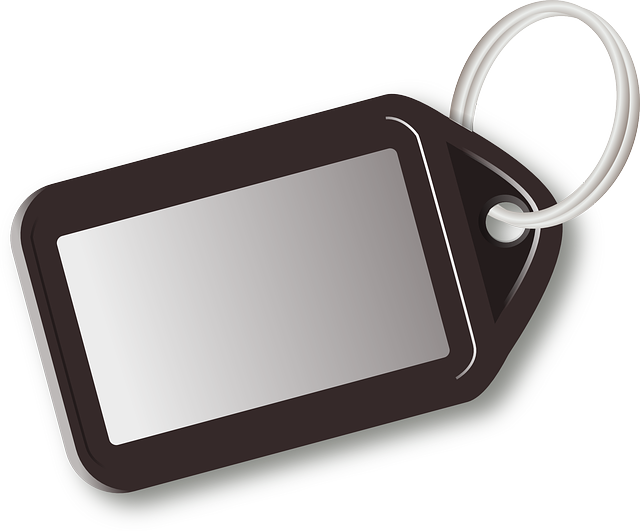Leeds Tag Removal Clinic is a specialized healthcare center dedicated to the safe and effective removal of skin tags, known medically as acrochordons. These are harmless growths that appear on stalks, often found in areas with frequent skin friction like the underarms, neck, groin, and under breasts. The clinic's approach combines a personalized treatment plan with advanced removal techniques such as cauterization, excision, and ligature, all performed by qualified dermatologists for minimal scarring and optimal outcomes. Patients benefit from a procedure conducted under local anesthesia, ensuring comfort, followed by detailed aftercare instructions to facilitate recovery. The clinic prioritizes patient care with follow-up visits to monitor healing and remove stitches if necessary, making Leeds Tag Removal Clinic a top choice for those seeking professional skin tag removal services in Leeds. Their comprehensive service from evaluation to post-treatment care is tailored to meet each individual's unique needs, emphasizing precision, expertise, and patient satisfaction.
When confronted with skin tags, a common and benign skin growth, understanding one’s treatment options is paramount. This article serves as a detailed exploration of surgical removal procedures, focusing on the expert services provided by Leeds Tag Removal Clinic. We will navigate through the nature and causes of skin tags, the specifics of the surgical process, and postoperative care to ensure the best possible outcome. Additionally, we’ll delve into anesthesia choices, the critical role of dermatologists in effective treatment, potential risks, aftercare for minimal scarring, cost considerations, and the latest advancements in removal techniques. With a comprehensive look at FAQs and real patient testimonials, this guide aims to equip you with all the necessary information for making informed decisions about skin tag removal at Leeds Tag Removal Clinic.
- Understanding Skin Tags: A Comprehensive Guide to Their Nature and Causes
- The Procedure: What to Expect from Surgical Removal of Skin Tags at Leeds Tag Removal Clinic
Understanding Skin Tags: A Comprehensive Guide to Their Nature and Causes

Skin tags, also known as acrochordons, are small, benign skin growths that protrude from the surrounding skin on a stalk or peduncle. They commonly appear in areas where the skin folds or rubs against itself, such as the armpits, neck, groin, under the breasts, and within the eyelids. While they are often harmless and pose no medical concern, understanding what causes them can provide insight for individuals who frequently encounter them. Various factors contribute to the development of skin tags, including genetics, insulin resistance, obesity, and friction from clothing or skin rubbing against itself.
In the context of seeking removal, Leeds Tag Removal Clinic offers expert solutions tailored to individual needs. Their team of healthcare professionals utilizes a range of safe and effective methods to remove skin tags, ensuring patient comfort and satisfaction. The clinic’s approach is comprehensive, from initial assessment to post-procedure care, guaranteeing that each client receives personalized attention and precise treatment. Whether through cauterization, excision, or ligature, the clinic ensures that the removal process is as seamless as possible with minimal scarring and optimal results. Understanding the nature of skin tags and their causes is the first step in addressing them effectively, a service at which Leeds Tag Removal Clinic excels.
The Procedure: What to Expect from Surgical Removal of Skin Tags at Leeds Tag Removal Clinic

At Leeds Tag Removal Clinic, the surgical removal of skin tags is a straightforward procedure conducted under local anesthesia to ensure patient comfort. The process begins with the dermatologist administering a numbing agent around the base of the skin tag, which minimizes any discomfort and eliminates pain during the procedure. Once the area is numb, the healthcare provider carefully cuts the skin tag off near the base with sterile instruments. This precise removal is essential for preventing infection and ensuring a swift recovery. After the skin tag is removed, the site is cleaned and may be closed with a few stitches or allowed to heal naturally. The clinic provides detailed aftercare instructions to facilitate proper healing, which typically involves keeping the area clean and dry and monitoring for signs of infection.
Post-procedure care is critical in ensuring optimal results and minimizing the risk of complications. Patients can expect a small scar at the removal site, which will fade over time as the area heals. The Leeds Tag Removal Clinic emphasizes a follow-up visit to assess the healing process and remove any stitches if used. The clinic’s team of experienced dermatologists ensures that each patient receives personalized attention and guidance throughout the procedure and recovery, making skin tag removal a comfortable and efficient experience at their Leeds facility.
In conclusion, skin tags are common benign growths that can be easily addressed through surgical removal. For those considering this procedure in Leeds, understanding what to expect is crucial. The skilled team at Leeds Tag Removal Clinic offers a safe and effective solution, ensuring the removal of skin tags with minimal discomfort and swift recovery. With the comprehensive insights provided in this article, individuals can make an informed decision about their treatment options, confidently opting for surgical removal as a reliable method to enhance their appearance and comfort.
